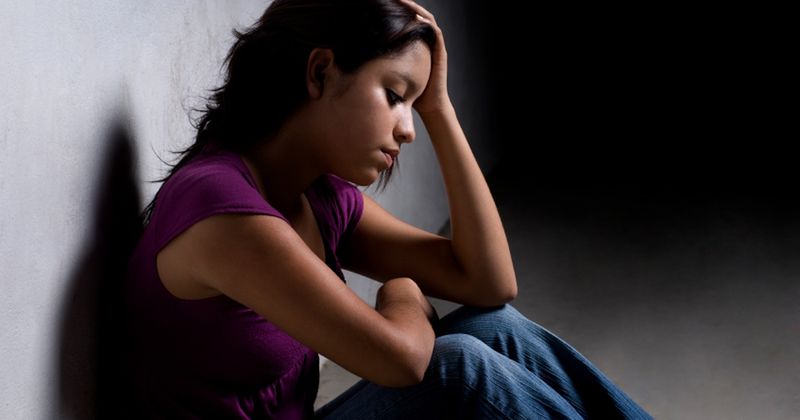Multiple factors linked to high prevalence of social anxiety in Lebanese adolescents
A high degree of social anxiety was reported among Lebanese adolescents and was attributed to factors such as parental separation, neglect and child abuse, according to a study published in the Journal of Clinical Psychiatry.
“Social anxiety disorder is a growing problem among adolescents in different communities, with a high prevalence in Lebanon, an early age at onset, and some similarities to other countries of the same socioeconomic status,” Claudia Haddad, PhD, of the research department at Psychiatric Hospital of the Cross in Lebanon, and colleagues wrote.

Researchers sought to determine the prevalence of social anxiety in Lebanese adolescents and to assess associations with bullying and abuse.
The cross-sectional study was conducted between January and May 2019, and included 1,810 individuals (53.3% female) aged 14 to 17 years who were selected at random from a pool of 16 private schools across the nation. Each participant completed a questionnaire which drew items from the Liebowitz Social Anxiety Scale, Childhood Abuse Self-Report Scale and the Illinois Bully Scale.
Results showed that 73.2% (95% CI, 71.02–75.31) of participants had social anxiety. Higher mean scores on the psychological, neglect, physical and sexual abuse scales and bullying and victimization scales were significantly associated with higher total social anxiety, fear and avoidance scores.
Data additionally revealed, from backward logistic regression, taking the dichotomous social fear score as the dependent variable, showed that having separated parents (adjusted odds ratio =4.68), higher child psychological abuse (aOR=1.06) and neglect (aOR=1.06) were significantly associated with more social fear, whereas female sex (aOR=0.75) and higher child sexual abuse (aOR=0.94) were significantly associated with lower social fear.
Having separated parents (aOR=1.66), higher child psychological abuse (aOR=1.06), and higher physical abuse (aOR=1.14) were significantly associated with more social fear, whereas female sex (aOR=0.49), higher Household Crowding Index (aOR=0.76) and higher child sexual abuse (aOR=0.88) were significantly associated with lower social avoidance.
“Future studies are needed to explore the effects of different types of childhood abuse in individuals with specific vulnerabilities,” Haddad and colleagues wrote.
